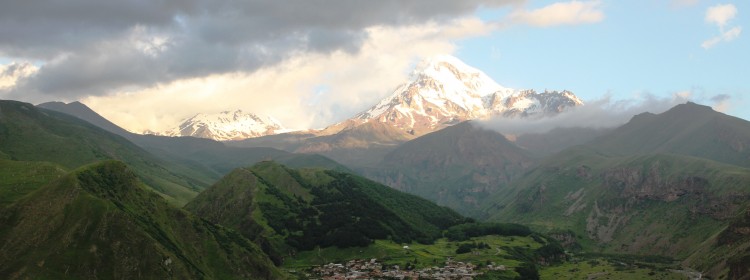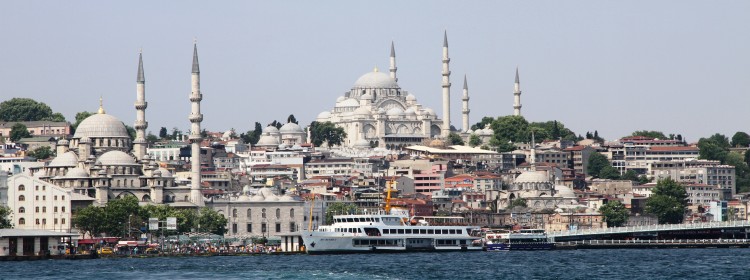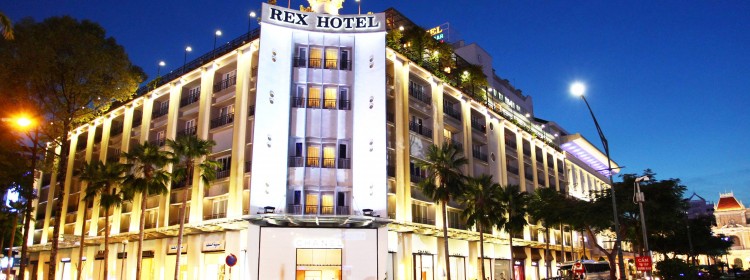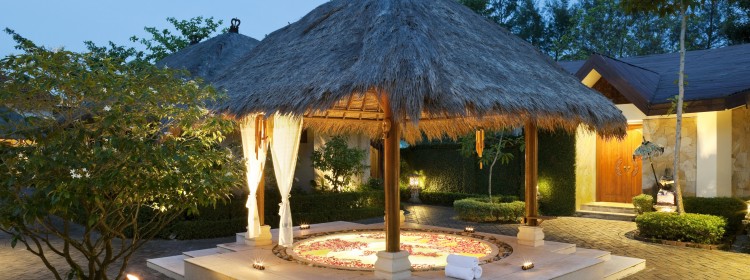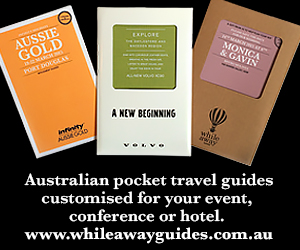By Luke Heilbuth
The air is warm and humid, and the sky over Ha My Beach, Hoi An, is turning purple. I’m sipping chilled South Australian pinot noir as the sun falls from view, and our exuberant Vietnamese waiter says, “Happy merry Christmas!”
We’re at the bar of the Nam Hai, the most luxurious oceanfront resort in Vietnam. It’s among the top ten resorts in Asia, according to the latest edition of Travel + Leisure’s World’s Best Awards survey. The seven-year-old beach retreat, ranked twelfth in the 2013 version, climbed two spots this year, marking its highest ranking to date.
For my wife and me, it’s easy to see why. Sixty one-bedroom villas and 40 pool villas occupy 35 hectares of landscaped gardens. The staff are as friendly as any in the world, and our room is like a piece of heaven with its en-suite bath, enormous bed and deep mahogany finish. Best of all, there’s unobstructed views across the East Sea.
 The pinot noir continues to go down easily as we enjoy an Indian-inspired meal at the resort’s excellent main restaurant. Walking back to our villa, the sky is black and filled with stars. A large gentleman ambles alongside, his face red with good cheer. He turns to enter his villa and in a rich Scottish baritone booms, to no-one in particular, “Happy Christmas to all, and to all a good night.” Happy Christmas indeed.
The pinot noir continues to go down easily as we enjoy an Indian-inspired meal at the resort’s excellent main restaurant. Walking back to our villa, the sky is black and filled with stars. A large gentleman ambles alongside, his face red with good cheer. He turns to enter his villa and in a rich Scottish baritone booms, to no-one in particular, “Happy Christmas to all, and to all a good night.” Happy Christmas indeed.
It’s not for organisers who prioritise rock-bottom rates above everything else. But in my, and many others’, opinion, the five-star Nam Hai, Hoi An, is an exceptional destination. And if breathtaking luxury and marvellous food are prime reasons for seeking a really special venue for a meeting, wedding or other event, to celebrate a major corporate success or special occasion, for example, it’s worth considering.
Located on a 35-hectare section of Ha My Beach 30 kilometres south of Da Nang, with its own beautiful stretch of pristine white sand, it features 60 villas and 40 pool villas, each occupying its own section of landscaped gardens and with views of the sea and the nearby Cham Islands.There’s a 75-square-metre meetings facility, The Boardroom, which can be set up for meetings of 14 to 40 people. The 90-square-metre “Open Lounge” can accommodate groups of 30 to 66, or up to 100 at a reception. With brides in mind, it also offers wedding packages.
 Like one of the spectacular dishes served at the main eatery (“The Restaurant”), Hoi An – a town of 88,000 in Central Vietnam – was shaped by the fusion of Asian and European influences. In the 16th and 17th centuries, Faifo, as it was then known, played host to Chinese, Japanese, Spanish, Dutch, Portuguese and French settlements vying for a piece of Vietnam’s lucrative silk and spice trade. All left their cultural mark. In 1999, UNESCO listed Hoi An’s “Ancient Town”as World Heritage due to its “outstanding material manifestation of the fusion of cultures over time”.
Like one of the spectacular dishes served at the main eatery (“The Restaurant”), Hoi An – a town of 88,000 in Central Vietnam – was shaped by the fusion of Asian and European influences. In the 16th and 17th centuries, Faifo, as it was then known, played host to Chinese, Japanese, Spanish, Dutch, Portuguese and French settlements vying for a piece of Vietnam’s lucrative silk and spice trade. All left their cultural mark. In 1999, UNESCO listed Hoi An’s “Ancient Town”as World Heritage due to its “outstanding material manifestation of the fusion of cultures over time”.
On one of our days spent here, among many other distractions – which include golf, tennis, badminton, basketball, swimming, gym, shopping, massage and so on – I have a full day’s class at the Red Bridge Cooking School to distract me, a Christmas gift from a friend.
The class, which costs USD45++ (shared) or USD55 (private) for a half-day guided tourand cooking session, begins with a walk through an organic herb garden. Soonwe reach the outdoor kitchen to prepare our food. Vietnamese cuisine is practically fat-free, relying on fresh herbs and vegetables, as well as dousings of nuoc mam, a sauce distilled from the carcasses of fermented fish. It sounds hellish but tastes heavenly.
 Over the course of several hours, the guide teaches us how to make clay pot fish with fresh dill, grilled chicken and banana flower salad, and the national dish – a delicious beef and noodle soup,pho bo.
Over the course of several hours, the guide teaches us how to make clay pot fish with fresh dill, grilled chicken and banana flower salad, and the national dish – a delicious beef and noodle soup,pho bo.
And Hoi An is a fashion-lover’s delight: hundreds of shops sell fitted wool and cashmere suits, skirts, shirts and dresses, as well as shoes, at scarcely-to-be-believed prices. It’s couture carnage as we scuttle from tailor to tailor. Two suits, three jackets, six shirts, two pants and six pairs of underpants later we’re exhausted and looking forward to returning to the haven of the resort.
“In the hotel business, it’s difficult to maintain an edge, let alone get better with age,” says Anthony Gill, the Nam Hai’s General Manager, referring to its latest award. “But it’s possible with passion. This accolade is testament to that. It speaks volumes about our team, owners and management company who collectively always seek ways to improve the guest experience.”
From USD600++ per night (low season) and USD670++ per night (high season)
Organisers reserving a minimum of three consecutive nights can save up to 25% on the best available rate, says a resort spokesperson. “You’ll enjoy two set meals, an indulgent Vietnamese massage that’ll leave you relaxed and other benefits to create the perfect extended stay.” Other special offers can be viewed on the website.
Email: reservations@thenamhai.com.
Resort microsite: www.thenamhaihoian.com.
Luke Heilbuth was a paying guest of the Nam Hai.


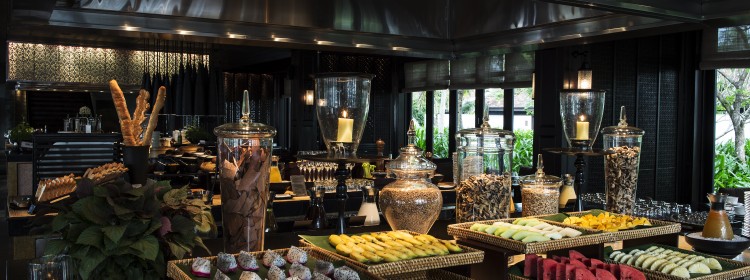

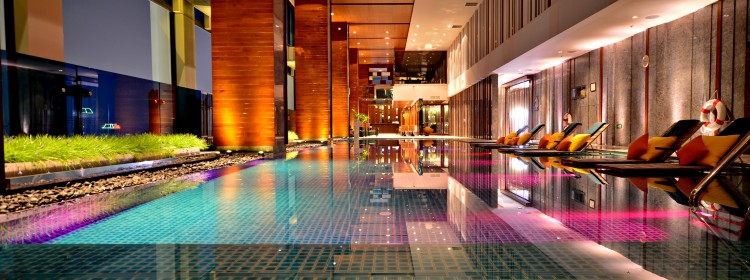
 Yet with a smile and a shrug, the vast majority carry on working, making a buck, eating, drinking and having fun. To the Thais the country’s cultural, political, diplomatic, commercial, financial and religious epicentre is known as Krung Thep, City of Angels. It welcomed more visitors (16 million) in 2013 than any other city in the world, according to Time magazine.
Yet with a smile and a shrug, the vast majority carry on working, making a buck, eating, drinking and having fun. To the Thais the country’s cultural, political, diplomatic, commercial, financial and religious epicentre is known as Krung Thep, City of Angels. It welcomed more visitors (16 million) in 2013 than any other city in the world, according to Time magazine. The ballroom can accommodate 600 and there are dedicated event planners onsite. It’s close to the Chit Lom Skytrain station (the super-efficient transit system) and upscale shopping at Gaysorn, Zen, Central World, Siam Paragon and the new futuristic Central Embassy mall. “The location is perfect,” says Wanpen Chanthariyab (pictured, left), Director of Marketing Communications.
The ballroom can accommodate 600 and there are dedicated event planners onsite. It’s close to the Chit Lom Skytrain station (the super-efficient transit system) and upscale shopping at Gaysorn, Zen, Central World, Siam Paragon and the new futuristic Central Embassy mall. “The location is perfect,” says Wanpen Chanthariyab (pictured, left), Director of Marketing Communications.

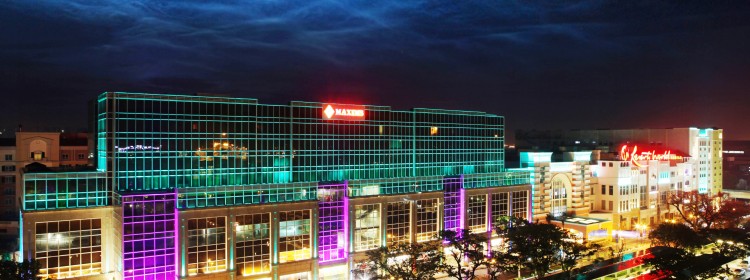
 The gambling-themed décor is appropriate for the 172-suite Maxims Hotel at Resorts World, Manila. A short drive from Manila’s main airport, Maxims is part of a complex that includes a 30,000-square-metre casino as well as two other giant hotels – a 342-room Marriott and a 712-room budget property, the Remington.
The gambling-themed décor is appropriate for the 172-suite Maxims Hotel at Resorts World, Manila. A short drive from Manila’s main airport, Maxims is part of a complex that includes a 30,000-square-metre casino as well as two other giant hotels – a 342-room Marriott and a 712-room budget property, the Remington. “Casino visitors are a vital part of our business but we cater for everyone, from MICE visitors to leisure travellers and others en-route to somewhere else looking to spend a night at a really attractive, reasonably priced hotel near the airport,” says John.
“Casino visitors are a vital part of our business but we cater for everyone, from MICE visitors to leisure travellers and others en-route to somewhere else looking to spend a night at a really attractive, reasonably priced hotel near the airport,” says John.
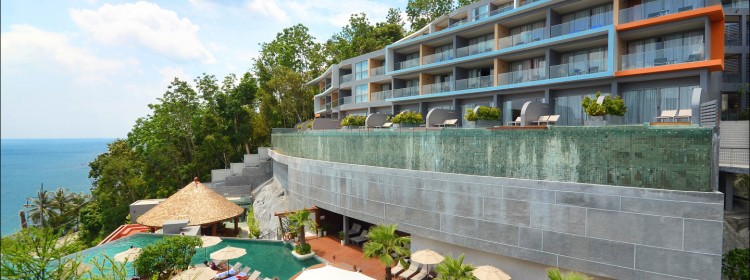



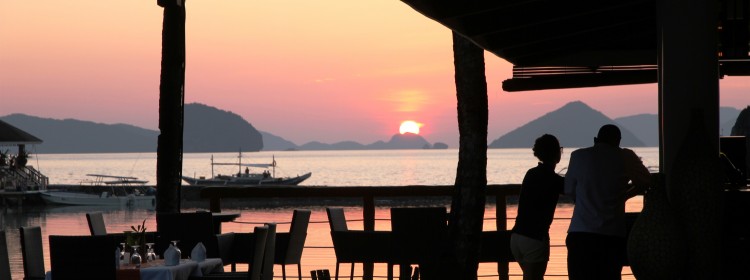


 “Room rates are negotiable depending on the size of the group and the travel period,” says Bambi Samson, Director of Sales, “so the supplement may change according to the requirements of the group. Rates are higher from November to May, and promos and special rates are usually offered from June through to October.”
“Room rates are negotiable depending on the size of the group and the travel period,” says Bambi Samson, Director of Sales, “so the supplement may change according to the requirements of the group. Rates are higher from November to May, and promos and special rates are usually offered from June through to October.”
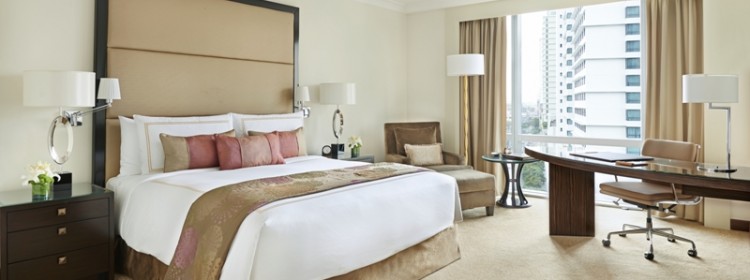
 It represents a step forward for tourism in the city and country, say its marketers, with the last luxury hotel in the area having been built way back in 1993-94.
It represents a step forward for tourism in the city and country, say its marketers, with the last luxury hotel in the area having been built way back in 1993-94.
